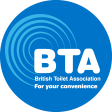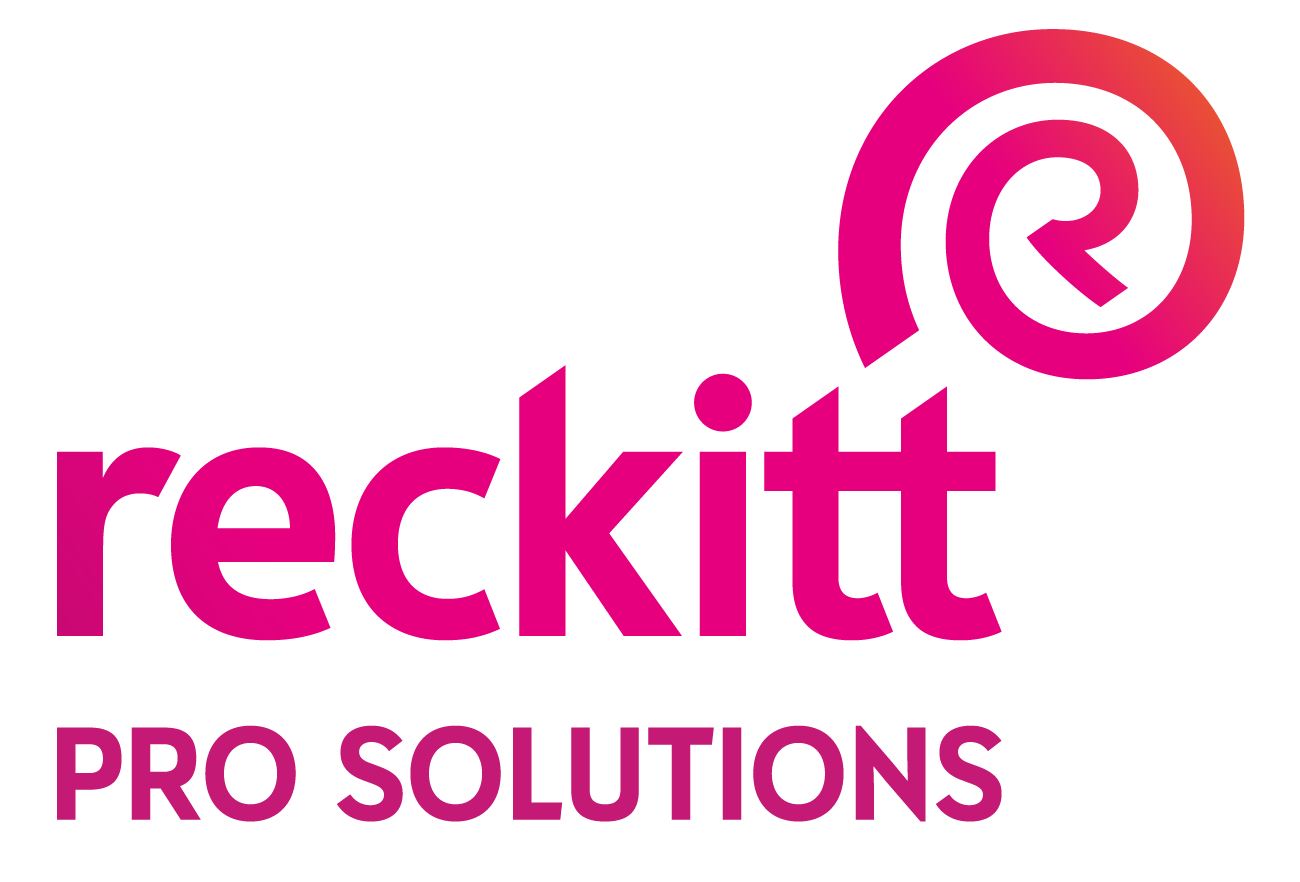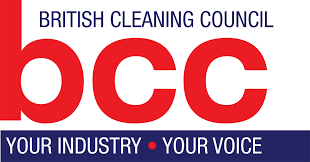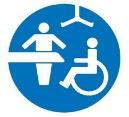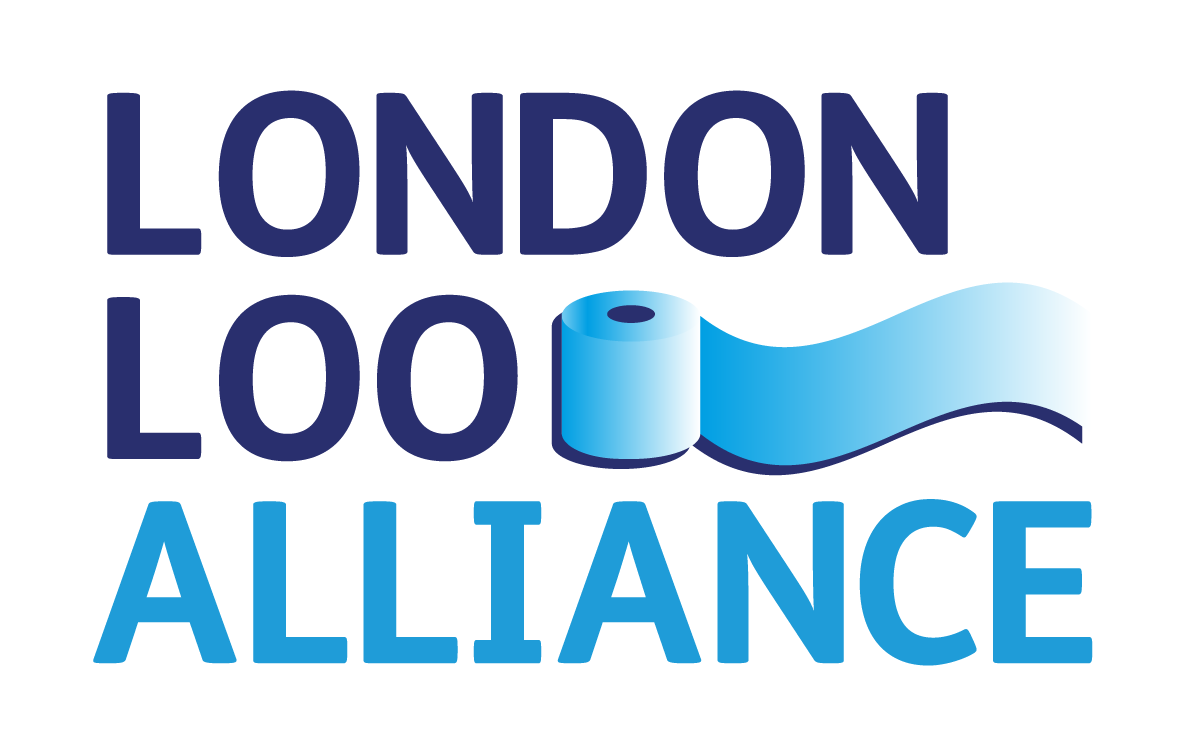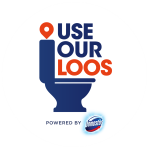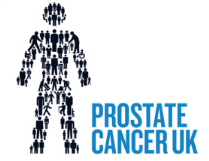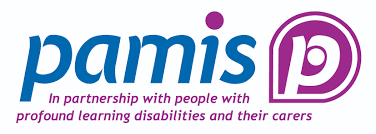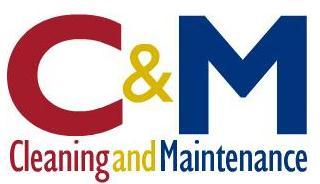Coronavirus (Covid-19) Scottish Guidance
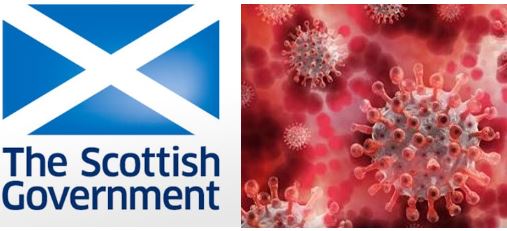
The opening of public toilets carries with it a risk of transmission of COVID-19 given the low levels of natural light, lack of ventilation, many surfaces to touch and the purpose of a toilet. Therefore, there is a need for careful consideration of how public toilets can be opened as safely as possible.
Safe opening will vary according to specific sectors and should align to the
guidance provided by those sectors in terms of restart. Assurance that adequate
sanitary facilities can be provided where appropriate is integral to the
restart process.
Public toilets are defined as any toilets accessible to the public. The opening of toilets should be accompanied by local risk assessment, and control measures should be proactively monitored by operators. Most premises should have a norovirus policy that can be adapted for use in cleaning facilities if an individual with COVID-19 symptoms is known to have used the facilities.
Risk assessment should specifically include:
- remote/unmonitored facilities for which there may be increased demand as travel restrictions are eased and people start travelling greater distances
- janitorial
staff for whom operators should already have procedures/PPE in place
Any
modifications or changes must take existing regulations into account.
Regulations on the provision of public toilets are governed by a number of
British Standards developed by the British Standards Institution (BSI). The key
standards which apply to the provision of public toilets are BS 6465 parts 1-4
and BS 8300 for accessible units
In opening toilets, operators should:
Prior to opening:
- conduct routine checks and take all measures appropriate to reopening after a prolonged closure e.g. consideration of requirements for legionella risk management due to stagnant water in plumbing systems
- adjustments must be made such as signage, taping off areas and floor markings to ensure physical distancing and facilitate good hand and other hygiene
- review all toilet and sanitary facilities (including disabled and baby change areas) to determine whether the fixtures and fittings are in good working order and replace or repair if not
- consider the need for additional waste management arrangements
Enhanced cleaning
It should not be assumed that hygiene measures in place pre-COVID-19 will be sufficient. Enhanced cleaning is likely to be required and should take into account:
- frequency – should be increased beyond what has been the case before COVID-19 and should be based on a risk assessment which includes both the usage of the facility and the fact that COVID-19 survives on the hard surfaces present in toilets for at least 72 hours
- products used – should be a disinfectant not detergent-based product
- areas of particular concern – it is important that attention is paid to frequently touched areas including toilet flush, toilet seat, toilet locks and handles, taps, paper towel and soap dispensers and door handles on access/entry
- enhanced monitoring of facilities will be required to ensure hygiene is maintained
- clearly display enhanced cleaning rota and ensure it is adhered to i.e. a documented record that the checks have been carried out for the public to see
- the cleaning rota should be supplemented with a cleaning schedule or similar procedure log that details the manner and frequency of cleaning of the various surfaces
- remove any unnecessary or communal items within the facility (e.g. ornaments or cosmetic items) to facilitate cleaning
- ensure that if a staff key fob or key is required to access the facilities this is cleaned between uses
- PPE should be provided in line with Health Protection Scotland Guidance for General (Non-Healthcare) Settings
- staff should be trained in appropriate cleaning methods for sanitary areas and the use of the equipment and products for cleaning and disinfection
- special care should be taken with the cleaning of portable toilets
Equipment
- reusable equipment should be removed and replaced with disposable (e.g. fabric towels, baby-changing mats)
- ensure that there are adequate hands-free waste disposal units
- cleaning materials for surfaces should be provided (e.g. antibacterial wipes for baby change areas)
Communication
- use signs and posters to: build awareness of good handwashing technique and reinforce the need to increase handwashing frequency, to avoid touching your face; and to cough or sneeze into a tissue, which is binned safely, or into your arm if a tissue is not available
- consider providing a contact number for the public to use should they have any concerns regarding cleanliness (e.g. if the facility has been heavily soiled between cleans). Use signage to tell the public what to do if someone falls ill with suspected COVID within a toilet facility
- COVID-19 can present with diarrhoea and or vomiting therefore it is important to have a mechanism to ensure the facility can be closed and adhoc cleaning can be arranged should the need arise
Hand hygiene
- provide liquid soap and ensure there is adequate stock at all times
- consider providing hand sanitiser dispensing units in portable toilets where handwashing can be less effective
- consider adjusting the time that push/sensor taps are on to encourage 20 seconds of hand washing
- provide hand-drying facilities – either paper towels with appropriate and frequent waste disposal or electric hand driers
- reduce the requirement for surfaces to be touched once hands have been washed on the way out of facilities e.g. prop open exit door
- consider providing hand sanitiser gel at the entry and exit from the facility. With adequate hand washing, the contamination of contact surfaces on leaving the facilities should be minimised. However, we know that many people do not wash their hands properly
Physical distancing
- operators should consider how to limit the number of people within facilities with multiple stalls/urinals e.g. with signage on the door instructing users to wait outside if they find that the facilities are occupied
- physical distancing should be maintained by way of signage and floor markings and, in respect of staffed toilets, proactively encouraged by staff
- consider whether additional measures such as physical barriers are required e.g. cubicles provide barriers but wash basins and urinals (trough urinals, in particular) will require greater consideration
- consider whether distances between equipment e.g. hand basins are sufficient and consistent with physical distancing policy
- consider the route to and from toilets, in particular how to maintain physical distancing and cleaning of possible touchpoints
- use one-way systems where this is possible
Sanitary facilities provision
- where toilets are being provided for a specific event, consider whether the standard guidance on toilet to person ratios needs to be revised to allow for physical distancing and enhanced cleaning routines
- note that more toilet facilities may be needed for the same number of people due to the physical distancing and hygiene measures
- note that there may be a greater number of people who need to use public toilets than usual as behaviours are influenced by current guidance (e.g. more people meeting in parks)
Following opening, there should be regular and proactive inspection of facilities to detect and address any issues promptly.



